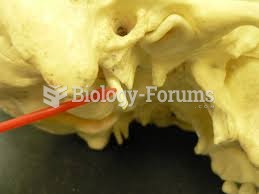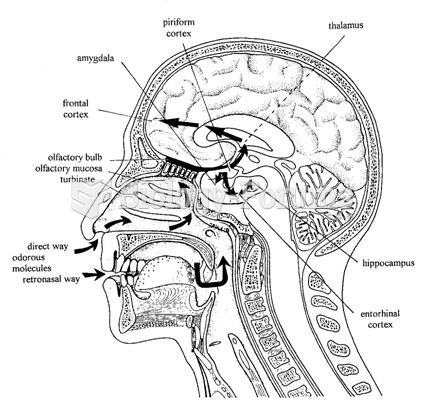Answer to Question 1Ferns reproduce via spores. A spore produces a prothallus, which is a delicate, photosynthesizing plant
part absent of roots, stems or leaves. The prothallus may bear one or both sex organs: The archegonia
produce the sperm cells, and the antheridia produce the egg cells. Some ferns only produce archegonia,
or antheridia, but not both. In a moist environment, sperm swims from the antheridium to the
archegonium to meet and unite. The product of this union is a zygote, a baby fern plant.
Answer to Question 2Production of corn hybrids has the following steps:
Development of corn inbreds by self-pollinating selected corn plants for several generations to make a uniform variety. Inbreeding often results in loss of vigor. In corn inbreeding, this is accomplished by bagging (with a paper bag) the tassel to save and collect the pollen and then transfer the pollen to the silks of the same plant. These inbreds are carefully evaluated each year and selected for desirable traits. Inbreeding creates a homozygous genetic situation in the plant. Thus it is easier to control genetic transmission, as it is for self-pollinated species. In naturally self-pollinated species, the inbreeding step can be skipped, as these plants are generally homozygous.The actual corn hybrid is produced by crossing two inbred plants using one plant as a male and the other as a female. This first hybrid produced, an F1 hybrid, typically has superior traits to either inbred parent. This superior ability is called hybrid vigor or heterosis. In commercial seed production, two F1 hybrids can also be crossed to produce double hybrids. However, most corn hybrids used by producers are F1 hybrids.
Answer to Question 3B







